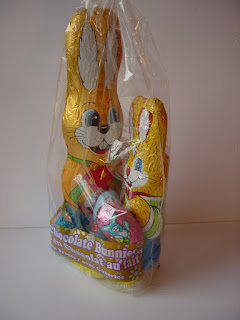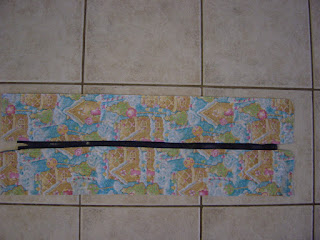Sometimes time is of the essence and we need to make a quilt in a short period of time. Instead of following the pattern, take a step back and see if it can still be constructed and look the same, with a more streamlined pattern.
Using the printed pattern:
When one deconstruct a pattern, can a row of squares be converted to a rectangle? Taking the pattern row by row, break it down into segments, creating less squares and creating rectangles can greatly reduce cutting and assembly time on a project.
Spending time with pen and paper, may take a little bit of time upfront, it also helps with the planning of the project. If there are any mistakes in the pattern, you will discover them. You can make note of them and make corrections before you start to cut any fabric.
Once you have done all this on paper, remember to include your seam allowances before cutting out, when doing this. A quarter inch for each seam, for each piece.
Your cutting guide for your fabrics will change as well. The amount of fabric you will use, will stay the same.
With this pattern, the amount of squares was reduced. The rest of the cutting stayed the same.
One must create a new cutting guide for the background and the colours in this quilt.
This will make cutting out a breeze. Keep the colour sequence the same as on the original pattern chart. This is a free pattern, from Lecein.
Also number the rows, lay them out in order and sew them together, row by row, as you complete the rows. This keeps the construction of the top simple.
The Front of the finished top.
The Back of the finished top.
The outcome is the same. The quilt will look the same, the process to construct the quilt top is simply made with less pieces in a shorter period of time.
Kits are available at The Sewing Cafe.








































































